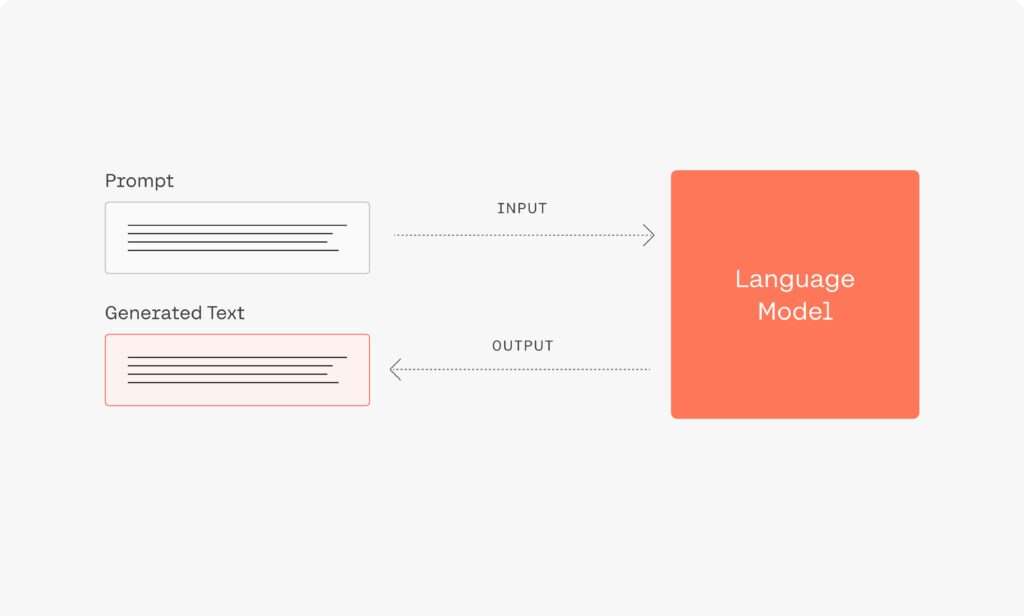How to Write Effective ChatGPT-3 & ChatGPT-4 Prompts: A Comprehensive Guide

Mastering the art of crafting effective prompts for ChatGPT-3 and ChatGPT-4 can significantly enhance your experience and productivity when working with these powerful AI tools. In this comprehensive guide, we will explore various strategies and techniques to construct precise and efficient prompts that yield the desired outcomes. By implementing these approaches, you can unlock the full potential of ChatGPT-3 and ChatGPT-4 for a wide range of applications, from content generation to process automation.
1. Understanding the Basics of ChatGPT-3 & ChatGPT-4
1.1. The Role of Prompts
Prompts serve as the primary input for ChatGPT-3 and ChatGPT-4, guiding the AI models in generating contextually relevant and coherent text responses. A well-designed prompt can significantly impact the quality and usefulness of the AI-generated output.
1.2. Importance of Context
Providing adequate context within prompts is crucial for obtaining accurate and meaningful results. The AI models rely on the information supplied in the prompt to generate responses, making it essential to include relevant details and specifications.
2. Crafting Effective Prompts: Essential Components
2.1. Clarity and Specificity
Ensure that your prompts are clear and specific, outlining the desired outcome with precision. Ambiguity or vague instructions can lead to inconsistent or irrelevant responses from the AI models.
2.2. Incorporating Context
Include relevant context within the prompt, such as the type of content desired, target audience, and specific topics or themes to be addressed. Providing contextual cues helps the AI models generate more accurate and useful output.
2.3. Defining the Tone and Style
Specify the desired tone and style of the AI-generated text, such as formal, casual, or conversational. This helps the AI models adjust their writing style accordingly, ensuring that the output aligns with your requirements.
3. Strategies for Writing Effective Prompts
3.1. Start with the Basics
Begin by crafting a simple and straightforward prompt that outlines the primary goal or desired outcome. This serves as the foundation for refining and enhancing the prompt based on the AI models’ responses during testing.
3.2. Test and Iterate
Test your initial prompt using the OpenAI playground or an appropriate API integration, and assess the AI-generated output for accuracy, relevance, and coherence. Based on the results, modify and refine the prompt as needed, iteratively improving its effectiveness.
3.3. Experiment with Model Parameters
Adjust model parameters, such as temperature and maximum length, to fine-tune the AI-generated output. Temperature controls the creativity of the AI models, while maximum length determines the allowable length of the combined prompt and response.
4. Prompt Optimization Techniques
4.1. Provide Examples
Incorporate examples within the prompt to illustrate the desired output format or structure. This helps the AI models better understand your expectations, leading to more accurate and useful responses.
4.2. Specify Response Length
Indicate the desired length of the AI-generated response, either in terms of word count or as a range. This helps control the output length, ensuring that it aligns with your requirements.
4.3. Define Input and Output Formats
Specify the format of both the input and desired output, such as plain text, CSV, or HTML. This helps the AI models understand how to process and present the information, ensuring that the output meets your expectations.
5. Advanced Prompt Techniques
5.1. Role-based Prompts
Incorporate role-based instructions within the prompt, asking the AI models to assume a specific persona or expertise, such as a professional consultant, subject matter expert, or creative writer. This helps guide the AI models in generating output that aligns with the desired perspective and knowledge level.
5.2. Step-by-Step Instructions
Provide step-by-step instructions within the prompt to guide the AI models in generating structured, logical, and coherent responses. This is particularly useful for problem-solving, decision-making, or instructional content.
5.3. Backward Thinking
Employ the “thinking backwards” technique in prompts to encourage the AI models to revisit their assumptions and generate more accurate conclusions. This can be especially beneficial when addressing complex or nuanced topics.
6. Applications and Automation
6.1. Content Generation
Leverage ChatGPT-3 and ChatGPT-4 for generating high-quality content, such as blog posts, articles, and social media updates, by crafting effective prompts that include context, tone, style, and desired output format.
6.2. Process Automation
Integrate ChatGPT-3 and ChatGPT-4 with automation tools, such as Zapier, to streamline workflows and automate tasks like email drafting, content brainstorming, and task list creation.
6.3. Custom App Development
Develop custom applications powered by ChatGPT-3 and ChatGPT-4, utilizing effective prompts to enable AI-driven functionalities, such as chatbots, virtual assistants, and content recommendation engines.
7. Conclusion

By mastering the art of crafting effective prompts for ChatGPT-3 and ChatGPT-4, you can unlock their full potential and harness their capabilities for a wide range of applications. The strategies and techniques outlined in this guide will help you construct precise and efficient prompts, enhancing your experience and productivity when working with these powerful AI models.




